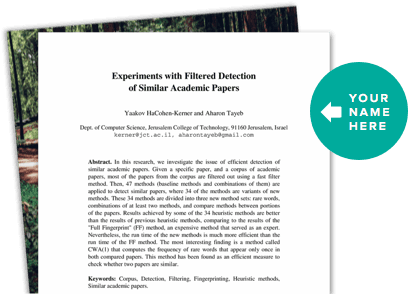About This Project
Multilayer Photolithography is a common technique that uses light to make 2.5D-3D structures. It is especially useful for fabricating very small microscale and even nanoscale things - e.g. computer chips, microscopic sensors, diagnostic tools for healthcare. Despite its popularity, the equipment needed for high resolution (<100um feature) multilayer photolithography (e.g. a "mask aligner") is prohibitively expensive ($60K-100K). This project seeks to make a DIY mask aligner kit for $1-2K.
Ask the Scientists
Join The DiscussionWhat is the context of this research?
I invented some technology to grow human blood vessels in the lab as an MS student in biomedical engineering. After leaving university, to keep working on this technology, I needed a prohibitively expensive ($60K+) piece of lab equipment known as a mask aligner to make the devices used to grow the blood vessels. Over several years, I ended up fabricating my own mask aligner. I would like to make a kit available to people so that they can make their own low cost mask aligner just like I did, but without having to struggle for years to make it (like me). My work on making the DIY Mask Aligner is documented here. It won the inaugural Homebrew Bio competiton. You can view a demo video here.
What is the significance of this project?
Generally, a low cost mask aligner would help speed up scientific progress in the world. I've met several people who have been unable to achieve something in their research due to lack of access to such a tool. Other people growing blood vessels, as well as people doing things like making neuron based computers (for which they require a high resolution microelectrode array fabricated using photolithography), or even someone making artificial muscles. There are a huge number of important applications that need a mask aligner to fabricate something.
What are the goals of the project?
The goal of this project is to complete putting together a finished kit that can be used to make a low cost mask aligner. This kit will be open source (e.g. bill of materials and assembly instructions made publicly available) so that people can make their own. Additionally, the kit will be available to purchase on a Shopify website. To finish the kit, some parts of the device such as the electronics still need to be redone and cheaper sources of some components need to be identified. Lastly, I will make a public youtube video documenting the usage and capability of the mask aligner (such as max resolution and alignment accuracy). The youtube video will help people find the mask aligner kit - those who can't afford one will search for DIY videos.
Budget
$2000 is allocated to cover the costs of mechanical components for the mask aligner kit. While the actual cost is less than $2000, this budget allows me to try components from different sources while looking for the lowest cost components that are of sufficient quality. Identifying a good source for fabricating the sheet metal parts would especially help in lowering the cost of the kit. The electronics in the control box need to be redesigned to be made more compact and user friendly. $200 is enough for about 2 iterations of PCB design. The rest of the budget items ( chemicals, photomask, and wafers) cover the cost of the supplies needed to test the max resolution achieveable with the mask aligner. This experiment will help potential users determine if this mask aligner kit is suitable to meet their resolution needs. I have a friend with an electron microscope, which I will use to image/measure the results of the resolution test.
Endorsed by
 Project Timeline
Project Timeline
The hardest part of this project is done - designing a cheap, functional mask aligner. However, the mask aligner is not quite complete. Redesigning the electronics and finding cheaper/better sources for some parts will be straight forward, taking 1-2 months. It will take 2-4 weeks for the supplies to arrive to test the capability of the mask aligner (1 day to do the experiment). Writing documentation and making the youtube video will take a couple weeks.
Apr 19, 2024
Project Launched
May 31, 2024
Put together a final Bill of Materials
Jun 30, 2024
Publish Youtube Video documenting the Mask Aligner
Jun 30, 2024
Release Assembly/Operating Instructions
Lab Notes
Nothing posted yet.
Project Backers
- 3Backers
- 85%Funded
- $2,530Total Donations
- $843.33Average Donation



